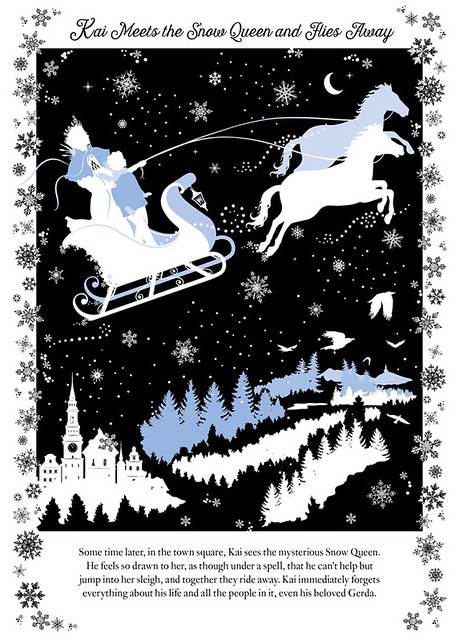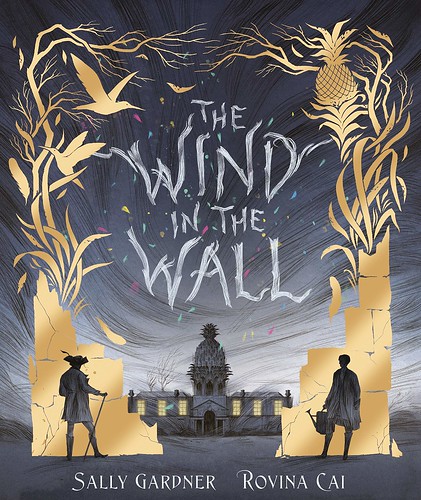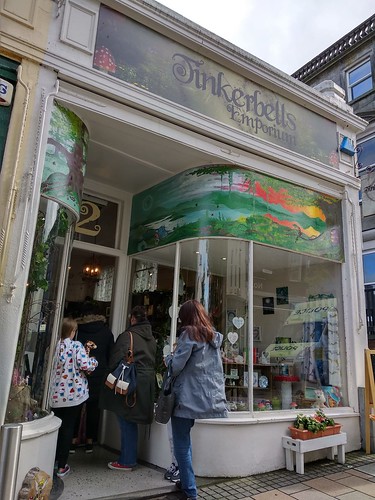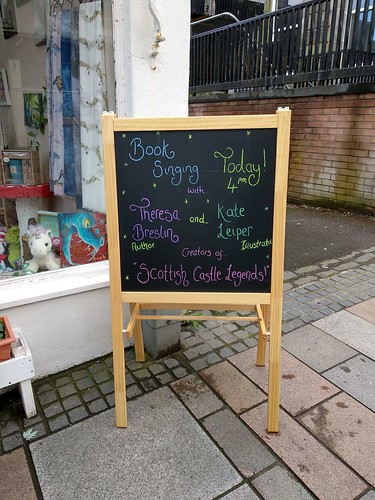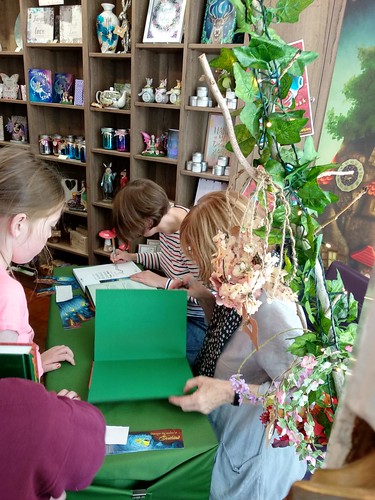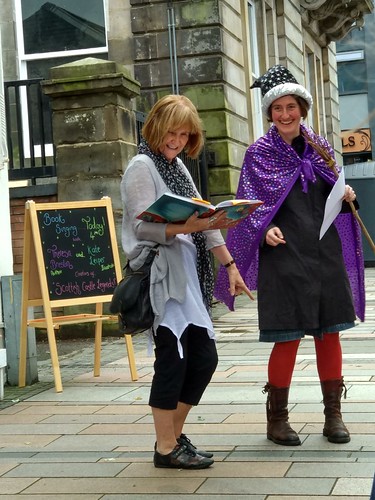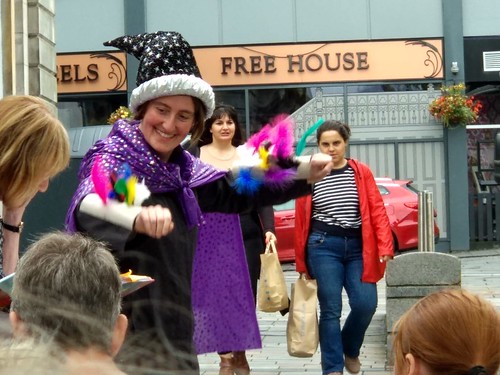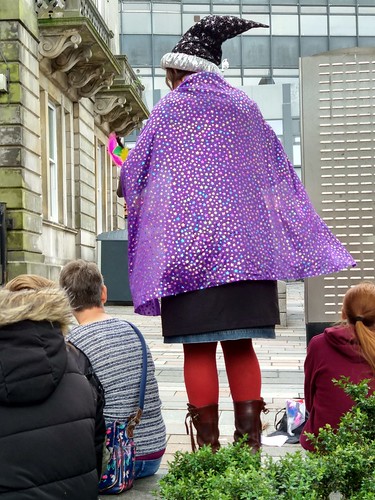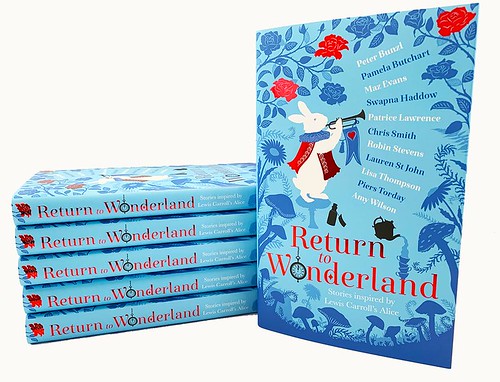When I got to the copy of The Bookseller which had its front page advertising Usborne turning 50 this year, I already knew that Peter Usborne, whose photograph was right there, had died. The day before the date on The Bookseller. Very sad, but he clearly did a lot for children’s books.
For quite a few years I believed that Usborne didn’t publish ‘real’ books, by which I mean mainstream novels and the like. I was wrong, and there have been a good number of YA novels just to my liking. It just seemed as though they weren’t always sitting next to all the other publishers’ books in the shops.
My own past with Usborne had to do with the bookselling parties. That was back in the 1990s. Possibly earlier and later as well, but this was my decade for selling parties in general. I was lonely, at home with Offspring, and as is so often pointed out, ‘there was no village.’ As an outsider I was ripe for selling parties; going to them and hosting them. I was also a pretty bad host, happily telling my prospective customers/guests that I didn’t care if they spent any money. I just wanted lots of people to come.
But I seem not to have ruined Usborne’s business. Possibly because I bought so many books myself, to make up any shortfall. We liked them. Content-wise they were just right, and they were so readable. While I can’t recall what the titles were, and I seem not to have kept them, they were gold for bedtime story reading. These stories could be read over and over.

And there was a video or two, mostly about the farmer, Mrs Xxxx (can’t remember her name). Much enjoyed.
So yes, Usborne should be celebrated.
(Coincidentally, I am reading an Usborne novel right now, and enjoying it a great deal.)








